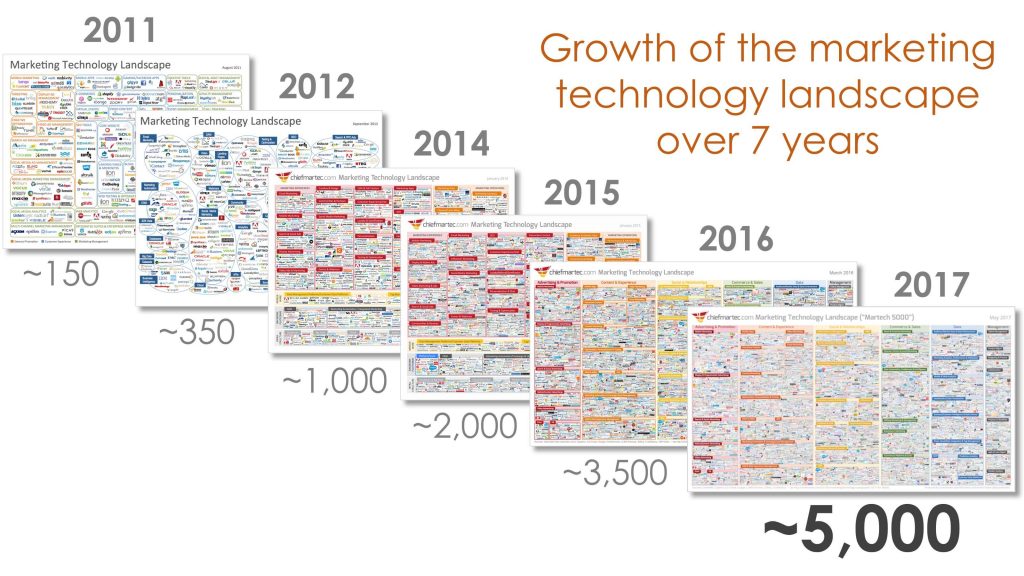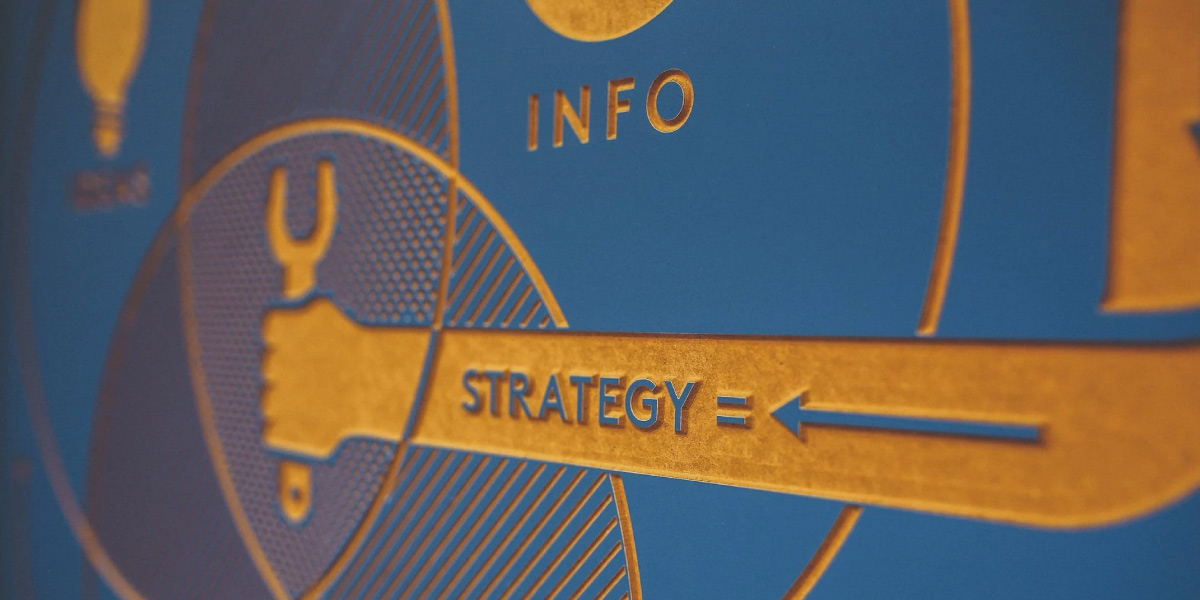How To Win In Marketing Without a Marketer
The marketing landscape has changed. This is not a revelation. For many businesses, marketing is critical in achieving success.
Not everyone is a marketer but many people can be marketers. The best marketer is not the person with the most experience but someone who is aware of knowledge shortcomings and actively seeks continuous improvement with an open mind.
Chiefmartec recently published their Marketing Technology Landscape Supergraphic (2017) as shown below. From 2016 to 2017, marketing technology solutions increased by 40% (5,381).
Due to this recent growth in marketing technology solutions, it is very likely that no single individual has a working knowledge that spans this vast marketing landscape.
It has become impossible for marketers to keep up to date with so many new arrivals.

Many businesses don’t have a skilled marketer, someone who works hard to keep abreast of emerging technologies and strives to continuously improve.
Without relying on the services of a skilled marketer who understands technology, tools, and techniques best suited to a specific industry, following the fundamental steps outlined below will help businesses get started on the road to marketing success.
1) Audience
Where possible, use customer data to determine which elements will attract the highest converting customers (including their demographics, psychographics and how they were acquired).
The information can be obtained from direct sales, referrals, marketing or online inquiries. It is important to recognize that the highest performing source may be the one that has had the most effort invested rather than simply being the best.
If data sources are scarce, market research surveys with clients and prospects (either online or over the phone) can be a useful source of information. This technique can be an inexpensive way of uncovering valuable information.
Be a customer as well. Where possible, use your own services or buy your own products. Go through the same channels that a new or regular customer would use.
Assess the strengths and weaknesses of the journey from a customer’s perspective.
2) Customer Journey
The customer journey is typically made up of marketing, pre-sales, sales and customer service stages. It commences long before any direct contact with a prospect has been established.
It normally begins when a prospect experiences a need, a problem or symptoms of a problem. They might begin to research solutions online or through their network or they may discover an article or advertisement which addresses their issue.
This process ends with customer support.
Understanding and mapping the customer journey ensures that a business can effectively generate leads, convert sales, reduce customer turnover and increase repeat sales.
3) Authenticity
If a product or service solves a problem or satisfies a need it will sell – provided it has sufficient coverage.
Many businesses mistakenly focus on the different approaches or messaging needed to convince people belonging to different demographics.
While messaging is important, it is far more effective to convey authentic messages.
4) Test and Learn
Even if your message is authentic and you are advertising through the right channels, some approaches will work better than others.
People naturally assume that their preferences are the same as others and will create advertisements and other marketing materials that appeal to them personally.
This approach will almost certainly undermine any marketing efforts as accurate data can surprise even experienced marketing professionals.
The beginning stages of any marketing campaign are always the hardest. Trying different strategies and options means the inevitable failure of some approaches.
There is valuable data that can be obtained from a failed marketing campaign. Embrace failure, learn from it and re-define future strategies.
Any organization that follows these four fundamental techniques will benefit from improved marketing results even without an experienced marketer onboard.

